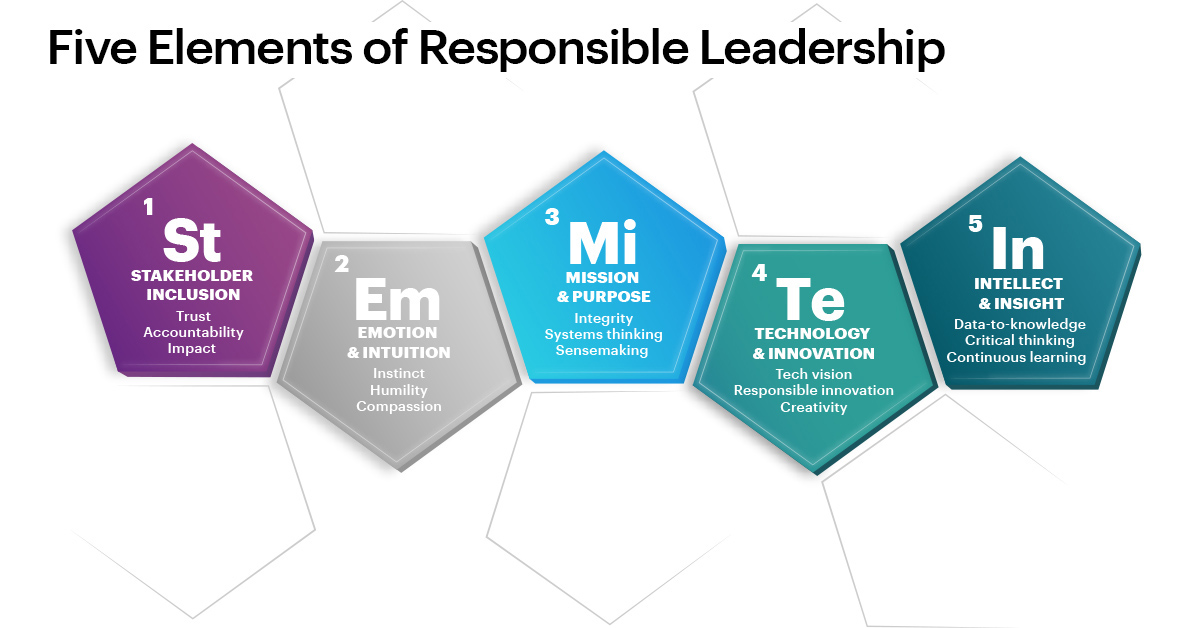Recently, I had the pleasure of sharing a stage in Dublin, Ireland, with Lord David Puttnam, educator and producer of iconic films such as Chariots of Fire and The Killing Fields. We were joined by author and economist Dr. Linda Yueh as we spoke to C-suite and community leaders about the future of work. Lord Puttnam focused on media, trust and ethics and Dr. Yueh on global economic trends. I had the honor of helping the C-suite audience envision the type of leadership the future of work will require.
We explored a range of potential scenarios, from an optimistic new “Roaring 20s,” which was framed by Dr. Yueh, to the responsibility of media and ethics posed by Lord Puttnam. As I described the potential future world of work, we talked about the different ways it could play out. I tend to take an excited, optimistic view. We anticipated the innovations and achievements possible with a workforce that is more technologically savvy and diverse than ever–one that spans five generations. But, as a group, we also recognized that many feel apprehension because the future of work comes with volatility and uncertainty–from automation anxiety to a host of other worries.
Whichever scenario you believe is more likely, we’re living and working in a world that is looking to business leaders to step up to challenges in new ways, with new solutions. From the climate crisis to global economic fragility to social justice, alarm bells are ringing.
The Decade to Deliver: Responsible Leadership
This is the decade to deliver–the decade in which we must find the sweet spot where our organizations create value while they honor values. That’s responsible leadership.
Many of the leadership traits that got us to today won’t get us to tomorrow. For this new future of business and of work, we will be looking to a new type of leader.
New data show us this clearly. Recent research involving C-suites, stakeholders of all types and 1,800 of the World Economic Forum’s Young Global Leaders and Global Shapers points to five elements of responsible leadership:
Let’s explore these.
First, stakeholder inclusion. When making decisions, the new breed of leader stands in the shoes of stakeholders to foresee impact. I described whole-brained leadership in my a previous column. The new leader uses traditional left-brain skills like analysis to make good decisions, but also uses right-brain skills like empathy and communication equally. Whether it’s bringing new types of workers into the workplace or welcoming diversity of opinions, the leaders of the future build inclusivity into their organizations’ talent pools.
Second, emotion and intuition. Leaders unlock commitment and creativity from their workforces when they show compassion, humility and openness. Microsoft’s CEO, Satya Nadella, brings his life outside of work to bear inside his work. He has commented on how bringing up children with disabilities influences how he leads. As a result, he brings an empathy to his workforce that he might not otherwise bring–and he encourages his managers to do the same.
In most formal business-education programs we are not coached in emotional expression or in cultivating our intuition, but this is changing. From my experience as a guest lecturer at multiple universities, I’ve observed that our younger leaders will be better schooled, perhaps, than we are. For example, Stanford offers a course officially called “Organizational Behavior 374: Interpersonal Dynamics,” but known to students affectionately as the “Touchy Feely” course. It focuses mainly on emotional intelligence. And Yale University offers a course in “happiness.”
The third element of responsible leadership is mission and purpose. We are well-versed in advancing common goals with our workforces. But now we have the opportunity to inspire a shared vision of sustainable prosperity–not profit for profits’ sake–for our organizations and our stakeholders.
This element of responsible leadership is key to attracting and retaining the newest top talent. A recent Global Shapers survey of 30,000 young people showed their most important criterion when considering new jobs–after salary–is an employer’s sense of purpose or impact on society.
Technology and innovation comprise the fourth element of responsible leadership. The key difference from the status quo is that emerging leaders create new value for their organizations and society at large. And, while they are doing so, they bring their people along.
We have some work to do in this area. Studies show that, from 2017 to 2019, organizations’ investments in emerging technologies like AI doubled, but less than one in five organizations plans to significantly increase spending to reskill their people. I’ve been talking about the need for reskilling and new-skilling for some time now (see my October 2018 and October 2019 columns)–and the urgency is increasing.
Last, the new responsible leader embraces intellect and insight. I can imagine your immediate reaction, “But, of course!” I understand–intellect and insight should be part of the DNA of any leader. Let’s think a level deeper, though. How many leaders embrace continuous learning and knowledge exchange for their workers, while neglecting it for their leadership teams?
Our Future Leaders Can Lead the Way
I’m sure most of you would agree that these elements are wise in a world that needs rapid change. But the mix–and getting it right–are key.
Many of us are listening to our youngest workforce generations, Gen Y and Gen Z, for inspiration and fresh ideas. Many of them appear to be allergic to the “old ways” and corporate hierarchy that exists in many of our organizational layers. They challenge leaders’ traditional thinking and look to their networks and ecosystems to make things happen through influence. If we can move beyond the initial discomfort that challenge can bring–if we can take their new ideas and creative approaches to harness them for good–we can move our companies forward exponentially.
Who better to help us navigate the next generation of work than those born to work within it–and someday to lead it?


